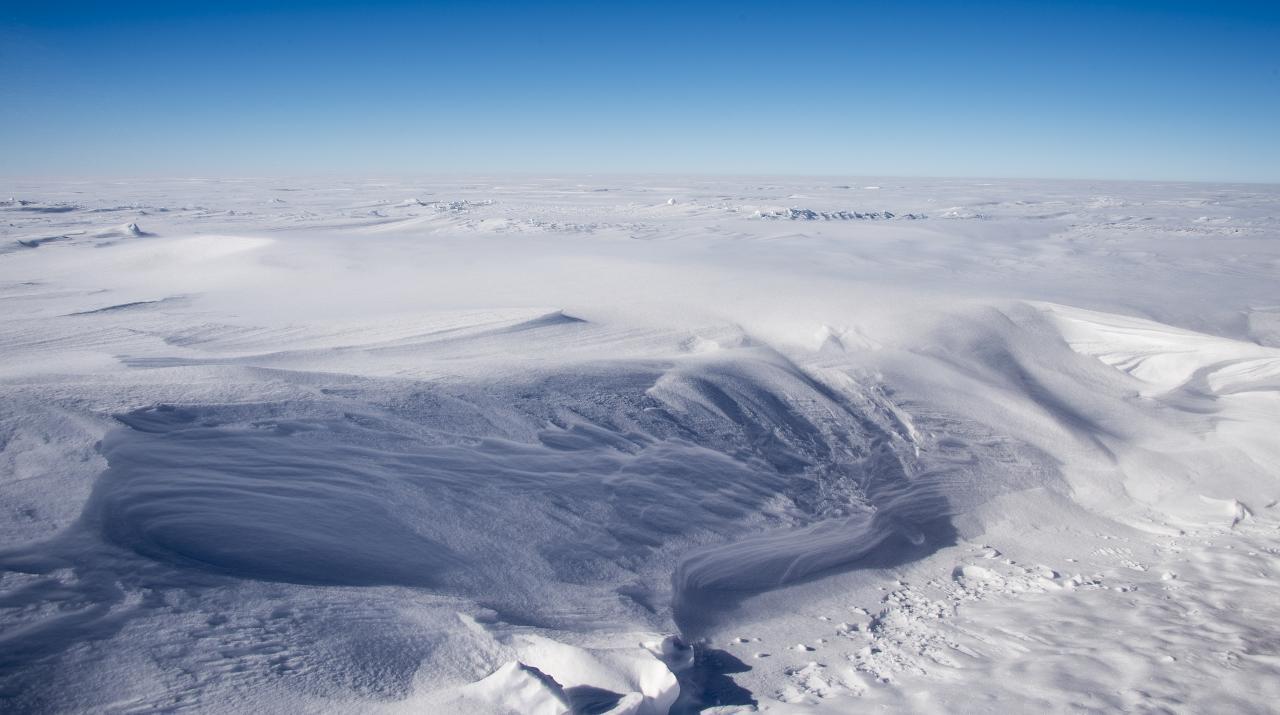On December 26, 2018, 33-year-old Colin O’Brady of Portland, Oregon, became the first person to cross the landmass of Antarctica solo, unassisted, and without any resupply shipments. Others had crossed the continent with the help of a wind sail to propel them over the ice or with resupply drops along the way—both ways of saving precious energy—but O’Brady completed the 926-mile trek only on skis, pulling a sled packed with food, fuel, and supplies the entire way. Speed was important, because he was racing another man, Louis Rudd, a 49-year-old British Army captain. And of course, he didn’t want to run out of food hundreds of miles from the finish. Rudd finished the Antarctica crossing just two days after O’Brady.

Figure 7.1. Endurance athlete Colin O’Brady, photographed in March 2016
To prepare for the expedition, O’Brady and his team had to make careful calculations to estimate his nutrient and caloric needs. He’d be skiing all day, every day for about two months, in below zero temperatures and against constant wind. O’Brady estimated that he’d burn about 10,000 calories per day on his journey, and he knew that if he didn’t pack enough food, he wouldn’t have the strength to complete this epic test of endurance in extreme conditions. Previous explorers died in the Antarctic because they didn’t pack enough food.

Figure 7.2. O’Brady and Rudd raced across a landscape similar to that shown in this photo from Antarctica—a polar desert and the coldest, windiest, driest continent on earth.
But O’Brady also knew that the more food he packed, the heavier his sled would be—ironically making him burn more calories, plus slowing him down and prolonging his trip. So he focused on making his food calorie- and nutrient-dense but lightweight: oatmeal with added oil and protein powder; freeze-dried dinners reconstituted with melted snow; and 4,500-calorie slabs of a custom-made “Colin bar” made from coconut oil, nuts, seeds, and dried fruit.
At the start of his journey, O’Brady’s sled weighed 375 pounds and contained enough food to provide him with 8,000 calories per day. That was a bit short of the 10,000 calories he estimated he’d burn every day, so to build up some additional energy stores, he gained 15 pounds prior to his trip. In the end, after 54 days of skiing through ice and snow, he lost 25 pounds during his Antarctic crossing. He was successful, and while his fitness level and determination surely played a part, the trip would have been impossible without an adequate supply of calories.
In our daily lives, we need far fewer calories than an Antarctic explorer, and we don’t need to schlep a two-month supply of food on our backs wherever we go. And thankfully, we get to enjoy fresher and more interesting food options, too. But each of us, every day, whether we’re aware of it or not, is attempting to balance the calories we consume with the calories we burn, just like Colin O’Brady. This is the concept of energy balance—one we’ll be exploring throughout this unit. If adults eat roughly the same number of calories as they burn each day, their body weight will generally stay very constant. If they burn more calories than they eat, like O’Brady was on his expedition, they’ll lose weight. If they consume more calories than they burn, they’ll gain weight.
Energy balance may seem like a simple concept, but in practice, how many calories a person eats and expends each day is influenced by so many different factors that it can be frustratingly difficult to apply. Still, it’s a vitally important concept to understand. We live in a world where food is easily available, and we’re constantly bombarded with marketing messages telling us to eat more of it. Not surprisingly, the prevalence of obesity is rising around the globe, and the health effects of carrying too much weight are a concern at both the population and personal levels. On the other hand, being underweight or overly focused on body weight also carry health risks. In this unit, we’ll explore these concepts and concerns and seek some answers.
Unit Learning Objectives
After completing this unit, you will be able to:
- Explain the concepts of energy input and expenditure, energy balance, and how they relate to body weight.
- Describe the concerns with being underweight and overweight, appreciating that body weight affects a person’s physical health but also their mental health and their experience living in a world with unrealistic expectations around body size and shape.
- Describe the characteristics of a healthy body composition, ways that it can be measured, and limitations to these measurements.
- Identify the global trends in the rising rates of obesity worldwide, and identify possible causes and solutions.
- Explain the challenge of and best practices for managing body weight in a way conducive to physical and mental health.
- Discuss the importance of a moderate approach when it comes to nutrition and weight management, recognizing all foods can fit into a healthful diet.
- Recognize that nutrition and its effect on our physical body is only one dimension of health and others are equally important, including exercise, sleep, finding purpose, freedom from excessive stress and community relationships.
References
- Hutchinson, A. (2018, November 14). The Greatest Challenge on a Solo Antarctic Crossing? Food. Retrieved October 13, 2019, from Outside Online website: https://www.outsideonline.com/2365661/colin-obrady-how-fuel-solo-unassisted-antarctic-crossing
- Neville, T. (2019, August 15). Colin O’Brady Wants to Tell You a Story. Retrieved October 13, 2019, from Outside Online website: https://www.outsideonline.com/2400795/colin-obrady-profile-antarctica
- Skolnick, A. (2018, November 29). Racing Across Antarctica, One Freezing Day at a Time. The New York Times. Retrieved from https://www.nytimes.com/2018/11/29/sports/antarctica-ski-race.html
Image Credits:
- Figure 7.1. ” Christopher Michel Antarctica” by Christopher Michel is licensed under CC BY 2.0
- Figure 7.2. “Endurance athlete Colin O’Brady in March 2016” by Colin O’Brady is licensed under CC BY-SA 3.0

